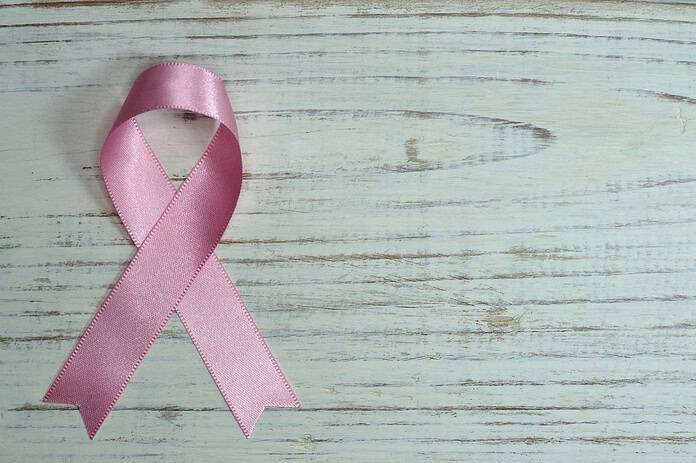Overview
Other than skin and lung cancer, breast cancer is the most common cancer among women in the United States. For many women, mammograms are the best way to identify breast cancer in its early stages — when it’s easier to treat. Mammograms can identify early breast cancer symptoms and tumors are big enough to feel or symptoms.
Are you worried about the cost?
CDC’s National Breast and Cervical Cancer Early Detection Program offers free or low-cost mammograms to women who have low incomes. https://www.cdc.gov/breast-cervical-cancer-screening/features/mammograms-in-florida.html
Symptoms
There are different symptoms of breast cancer, and some people have no symptoms at all. Symptoms can include
Any change in the size or the shape of the breast.
Pain in any area of the breast.
Nipple discharge other than breast milk (including blood).
A new lump in the breast or underarm.
If you have any signs that worry you, see your doctor right away.
Risk factors
Some main factors that affect your chance of getting breast cancer include:
Being a woman.
Being older. Most breast cancers are found in women who are 50 or older.
Having changes in your BRCA1 or 2 genes.
How to lower your risk
You can do things to help lower your breast cancer risk.
Keep a healthy weight and be physically active.
Choose not to drink alcohol, or drink alcohol in moderation.
If you are taking hormone replacement therapy or birth control pills, ask your doctor about the risks.
Breastfeed your children, if possible.
Fast facts
Each year in the United States, about 270,000 women get breast cancer and 42,000 women die from the disease.
Men also get breast cancer, but it is rare. About 1 out of every 100 breast cancers diagnosed in the United States is found in a man.
Most breast cancers are found in women who are 50 years old or older, but breast cancer also affects younger women.
Some breast and ovarian cancers are caused by genetic changes passed down in families.
Check out the CDC’s stories of young women whose lives have been affected by breast cancer.
Go to cdc.gov for more information.

